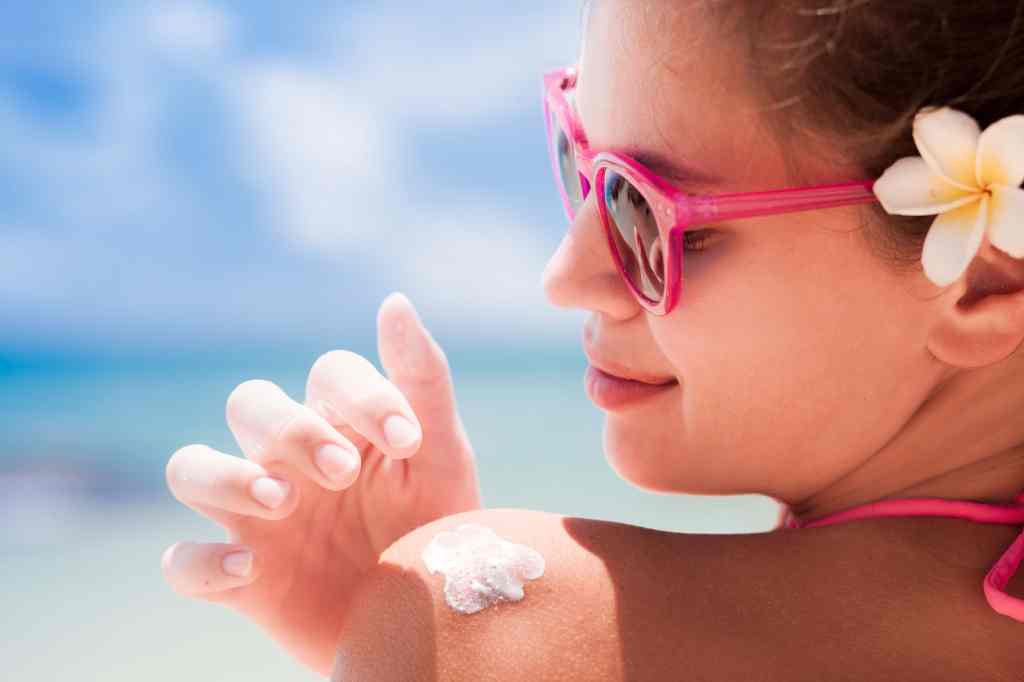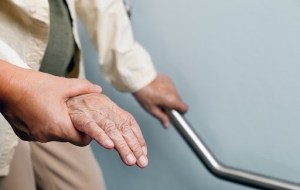Many Long Islanders are thrilled to shed their winter layers and spend warm, carefree days poolside, on the boat, or at the beach — but that’s what makes them so susceptible to skin cancer.
During that fun in the sun, remember to protect your skin — your body’s largest organ — from UV or ultraviolet exposure, experts warn.
Become better educated on skin cancer facts and prevention.
BEST DEFENSE
Consistent, daily sunscreen use reduces risk of melanoma by 50 percent, according to the New York-based Skin Cancer Foundation. Use sunscreen with an SPF of 15 or higher that is labeled “broad-spectrum.” Apply to dry skin 15 to 30 minutes before going outdoors; reapply .
BEWARE THE VARIATIONS
“Basal cell [carcinoma] is the most common and least serious; treatment is simple,” says Dr. Rajiv Datta, chair of the Department of Surgery, director of the Division of Surgical Oncology and Head and Neck Surgery, and medical director of Gertrude & Louis Feil Cancer Center at South Nassau Communities Hospital.
“Squamous cell is a little more serious,” he notes, but the outcome is typically positive. “Melanoma is very serious.”
It can spread to other organs, including the lymph nodes.
“All three skin cancers are related to sun exposure,” he says.
RISK FACTORS
“It is true that people with really light skin, freckles and light hair are more susceptible, as they have less of the skin pigment melanin in their skin cells,” Dr. Datta says.
AVOID TANNING BEDS
The New York State Department of Health bans the use of tanning beds for individuals under 18 years old.
Still, “the tanning bed remains a huge problem,” says, Dr. Abraham Abittan of Comprehensive Dermatology in Woodmere. “It induces a tan by utilizing UVA, which absorbs much deeper into the skin and has much more of a carcinogenic potential than UVB.”
LIMIT SUN EXPOSURE
“It breaks down the collagen and elastic layers of the skin and increases the rate of duplication of skin cells that can cause precancers of the skin,” explains Dr. Abittan. “Chronically sun-damaged skin will be atrophic, dry and more translucent than normal skin.”
GET SCREENED REGULARLY
“Unless you do a total body exam, there’s no way of knowing,” says Dr. Michael Dannenberg of Dermatology Associates of Huntington, PC in Huntington, who is affiliated with Huntington Hospital and other medical centers.
Adults should be seen annually, he says.
“If young children have a lot of moles, absolutely bring them in for a baseline exam,” he advises.
The qualities of the mole — size, color — should be recorded and monitored. Teenagers should also be seen for a baseline evaluation.
KNOW THE SIGNS
“Any single mole should be fairly homogeneous in color,” says Dr. Dannenberg. “If you have multiple colors within a single mole… if its diameter is greater than 6 millimeters or larger than a pencil, it absolutely needs to be evaluated.”
Any new spots, lingering sores, rough or scaly red patches that crust or bleed, and raised growths or lumps should be addressed, according to the Skin Cancer Foundation.
ABCS OF SUN-SAFE SKINCARE
Avoid direct sunlight between 10 a.m. and 4 p.m. That’s when the sun’s rays are the most intense. Clouds do not block most UV rays. Keep extra sunblock in your purse, briefcase or backpack. Use it for quick application to the face and neck if you take a last minute walk or grab a bite outdoors.
Wear makeup with SPF. While it won’t replace sunscreen, added protection is always good, especially for morning errands.
Wear a wide-brimmed hat. Hats are fun, fashionable and more importantly, help protect your head, eyes, face, ears and neck from damaging rays. Choose one that is lightweight yet tightly woven.
Wear sunglasses. Damage from the sun’s UV rays causes up to 20 percent of cataracts cases, according to the World Health Organization. Extended sun exposure can cause eye cancer. Achieve style and protection with close-fitting, wraparound frames.



























